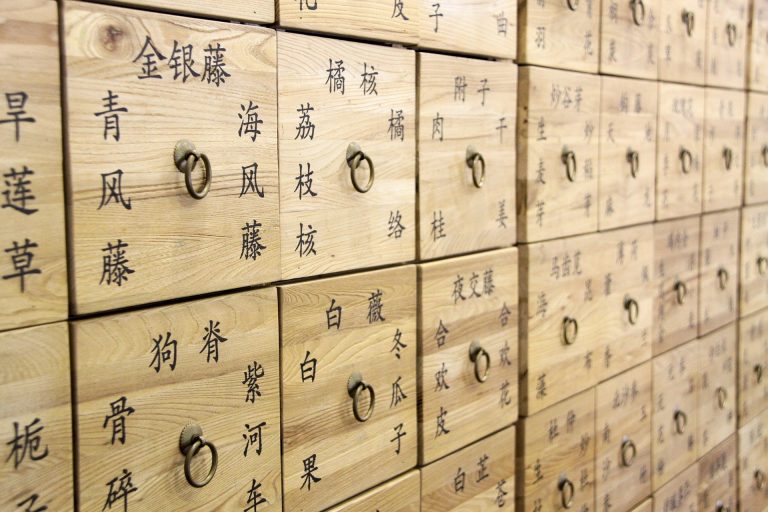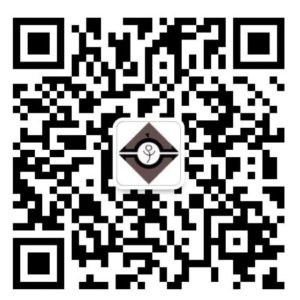Translating the Qi

Traditional Chinese Medicine in an Academic Journal
- Client: Translation Agency
- Translation Deadline: Three Days
- Translation Size: 2000+ Word Academic Journal
Have you ever had that experience that comes with reading arcane texts like insurance documents and intellectual property contracts where your eyes are reading but your brain is totally blank?
Perhaps the phrase ‘it’s all Greek to me’ comes to mind.
Well, that is pretty much the feeling we had when we first picked up this translation assignment. Two thousand words of superdense Chinese medical jargon that may as well have been written in Martian given the amount of sense it made.
By the way, did you know that there is a ‘Martian’ version of Chinese? It’s a way of writing Chinese that makes characters about 15 times harder to read than they already are (just what you always wanted). Check out the Chinese to Martian translator here.
So here we were reading this journal that was ‘all Chinese to us,’ peppered as it was in complex chemical formulae and medical terminology. Actually, reading would be the wrong word. It was more like gazing at one of those Magic Eye books. Perhaps if we stared long enough and shifted focus, a brilliant 3-D translation would appear from nowhere.
But alas, translators are not magicians.
99 Percent Perspiration
When you get texts like these, there is really only one thing that you can do—check every word you don’t know.
Well, to be honest, there are a few other things you could do, like put it straight into Google Translate, or if you were lucky enough to have a translation memory that had dealt with similar texts, you could plug it into your machine translator.
But given that we trust Google translate about as far as we can throw it, and given that we were not fortunate enough to have a translation memory dealing with hepatocellular carcinoma, there was only one option—check every word.
Acute Promyelocytic Leukemia—check.
Arsenic Trioxide—check.
Alpha-fetoprotein—check.
Sometimes checking just one of these terms can take over 10 minutes. This is because many of these terms do not occur in standard dictionaries and finding authoritative translations online is not always easy.
This is the 99 percent perspiration (even if all that is sweating is the tips of our fingers on the keyboard). It may be time-consuming, but it is vital to ensure an accurate translation.
Translating Traditional Chinese Medicine Terms
What made this assignment extra difficult was the numerous Traditional Chinese Medicine (TCM) terms throughout the text.
Translating TCM is doubly difficult. Firstly, it involves a set of medical terminology and ideas about health that do not exist in western medicine. On top of this, there is rarely any consistency with translations that already exist, and it is easy to find three or more separate translations for one TCM term.
Take the famous ‘qi’ for example.
A concept with no western equivalent, ‘qi’ makes for some very tricky translating. Is it ‘life force’, is it ‘energy flow’ or is it some pseudoscientific hocus pocus?
Well, thankfully this problem has been solved through the frequent use of ‘qi’ in English which led it to be included in the Oxford Dictionary (and the Scrabble Dictionary too, much to the relief of anyone trying to get rid of a spare ‘Q’).
This means that the term can just be left in without being translated.
But with most other TCM terms, we are not so lucky.
In this particular translation, this included things that ended up looking like ‘exuberance of evil qi’ and ‘accumulation of vacuous right qi’.
Here at mbChinese we try and make sure that we get the most authoritative translation of TCM terms possible.
This means going to TCM dictionaries developed by practitioners working especially on the translation of TCM terms. One of our favourites is Nigel Wiseman and Feng Ye’s A Practical Dictionary of Chinese Medicine.
But it seems that not everyone thinks Wiseman’s translations are wise.
In a separate article that we assisted on for the Journal of Traditional Chinese Medicine, we used Wiseman’s translations for TCM terms only to find them changed in the publication to more ‘westernised’ terms.
This was a good lesson for us as we came to realise that different translations of TCM may be required in different contexts.
Accurate English Translations not Written in English
When translating medical texts, accuracy is crucial.
As a translator, you don’t know how the translation is going to be used. Perhaps it is just for research, however, there is always the possibility that the translation will be used for clinical practice.
Mistranslation could potentially be fatal.
Translating the TCM ingredients of the decoction, we again used Wiseman’s translations, however we used the common terms.
Interestingly, when the publication was made, these were all left untranslated in Chinese pinyin, and their Latin scientific names were given in brackets instead.
This was another great lesson in best practices around the translation of TCM ingredients.
Given the large number of common names that each ingredient may have, one of the best ways to maintain the highest level of accuracy is by just ignoring the English altogether and going straight to the Latin.
While this is not always possible, it is a standard that we aim for in all translations of TCM ingredients.
✦
Well, after working day and night to check medical jargon and translate TCM terms, we were left in need of a little TCM ourselves. Translating can be an exhausting task and often leads to an ‘exuberance of vacuous evil qi’ in the kidney regions.
However, regardless of such deleterious side effects, we at mbChinese truly enjoy translating TCM related texts and look forward to future opportunities where we can enhance our ‘translation qi’ and, at the same time, avoid being a ‘translation quack’.
